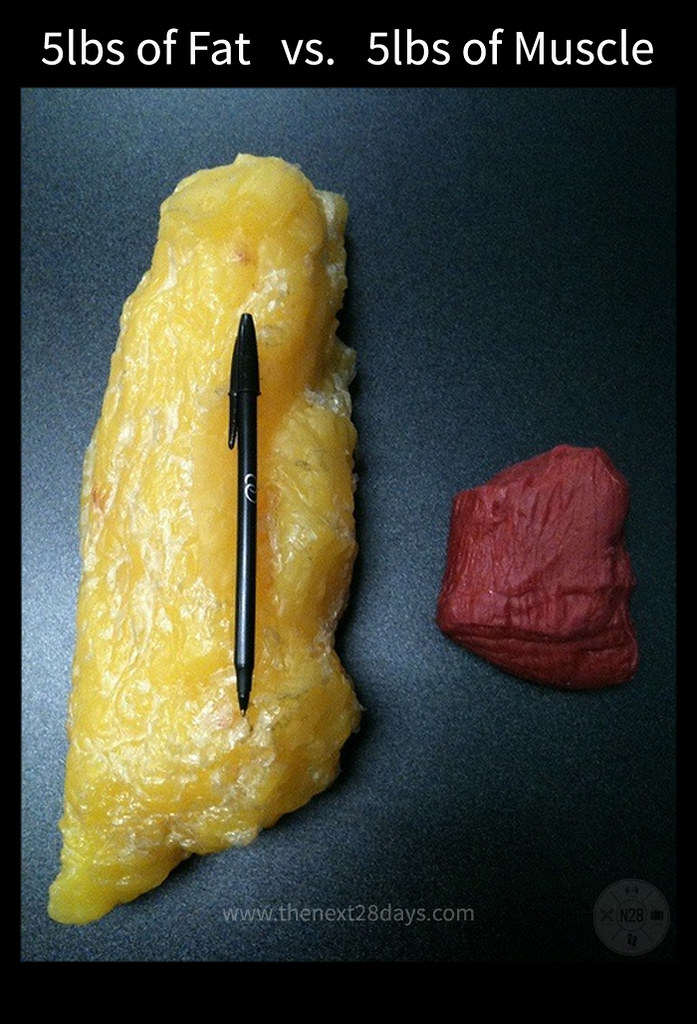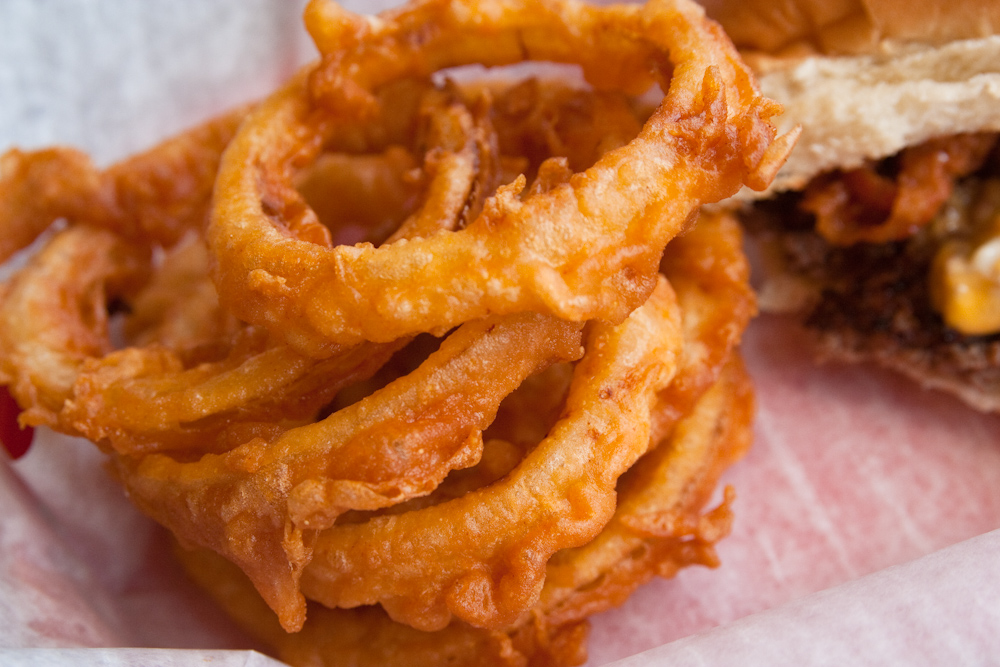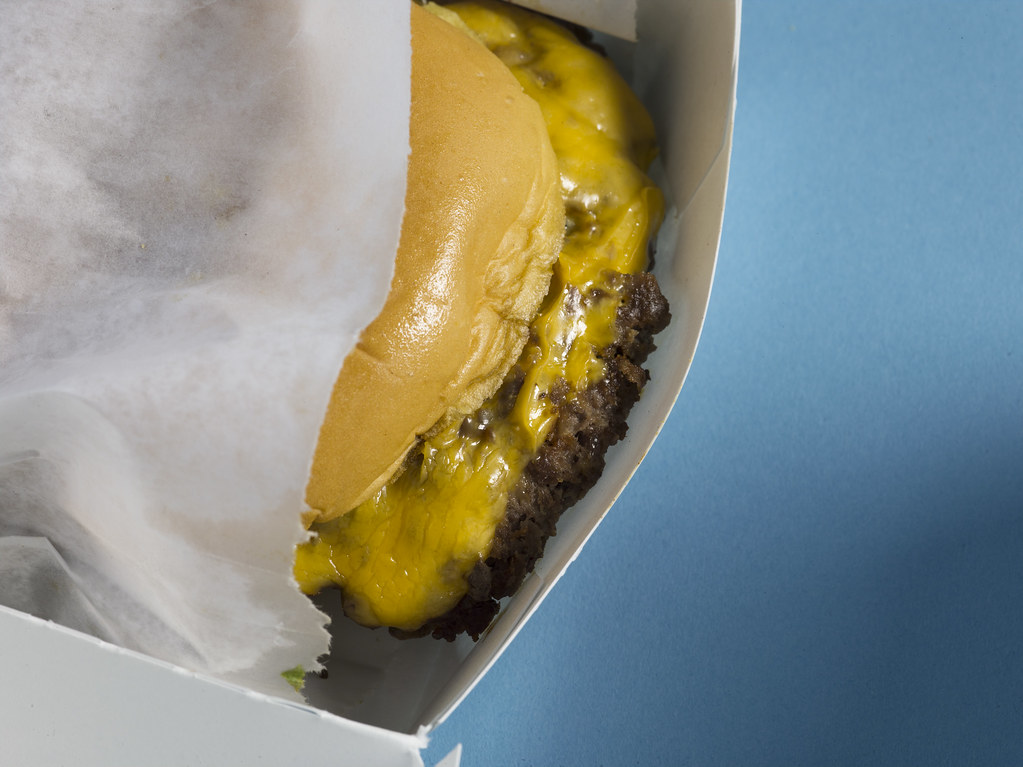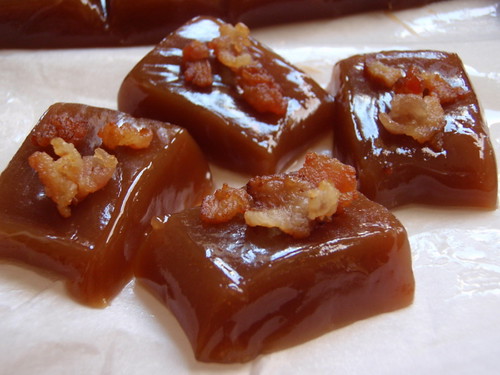
Hey there, health seekers and diet debunkers! Are you tired of navigating the maze of conflicting information about fat, especially when it comes to fat loss? It feels like every other day there’s a new ‘rule’ or a scary headline about what you should or shouldn’t be eating. But guess what? A lot of what we *think* we know about fats, especially for shedding those extra pounds, is actually based on some pretty persistent myths.
As your friendly neighborhood media editor, I’m here to tell you that it’s time to set the record straight! We’re diving deep into the world of dietary fats to bust some of the biggest and most stubborn fat loss lies that nutritionists (and your body!) desperately wish you’d stop following. Forget the fads and the fear-mongering; we’re armed with solid, scientific facts straight from the experts, all designed to empower you with the real knowledge you need to make smarter choices.
So, get ready to challenge your assumptions and uncover the truth! We’re going to tackle these common misconceptions head-on, giving you the real scoop on what fats truly do for your body and why blindly cutting them out or following outdated advice might actually be sabotaging your goals. Let’s transform confusion into clarity, one delicious, fact-checked bite at a time!

1. **”All Fat is Bad Fat and Should Be Avoided for Weight Loss!”**This is probably the granddaddy of all fat lies, right? For decades, fat has been demonized as the ultimate villain in our diets, especially when we’re trying to lose weight. The sheer mention of ‘fat’ can send shivers down some people’s spines, leading them to believe that the less fat they eat, the healthier and leaner they’ll become. But hold on a minute, because this couldn’t be further from the truth!
The reality is, dietary fat is not just ‘good’ or ‘bad’ – it’s an essential macronutrient, right up there with carbohydrates and proteins. Your body literally *needs* fat to function properly. It’s not just sitting there, waiting to expand your waistline; it’s actively involved in some seriously important processes. For instance, fats are crucial carriers for fat-soluble vitamins like A, D, E, and K, meaning these vital nutrients can only be “digested, absorbed, and transported in conjunction with fats.” Without adequate fat intake, your body struggles to utilize these essential vitamins, impacting everything from your vision to your immune system.
Beyond nutrient absorption, fats play a vital, multifaceted role in maintaining your overall health. They are essential for “maintaining healthy skin and hair,” giving you that natural glow and strong locks. They also provide critical “insulating body organs against shock,” acting like a protective cushion. Fats are indispensable for “maintaining body temperature,” keeping you warm when it’s cold. And let’s not forget their role in “promoting healthy cell function,” which is fundamental to every single process in your body. So, cutting out *all* fat means you’re depriving your body of these crucial building blocks and functions.
Furthermore, fat even serves as a “useful buffer against a host of diseases.” When potentially harmful substances reach unsafe levels in your bloodstream, your body has a clever way of dealing with them: it can “effectively dilute—or at least maintain equilibrium of—the offending substances by storing it in new fat tissue.” This is a protective mechanism, helping “to protect vital organs” until those substances can be processed and removed. So, while too much of anything isn’t good, completely avoiding fat is a massive disservice to your body’s complex needs and its ability to protect itself.

2. **”Saturated Fats Are Universally Evil and Must Be Eliminated from Your Diet!”**Ah, saturated fats – another dietary component that has taken a beating in the court of public opinion. For many, ‘saturated fat’ is synonymous with ‘unhealthy’ and ‘heart disease,’ prompting advice to cut it out completely. While it’s true that many medical organizations advise reducing saturated fat intake, the narrative around these fats is often oversimplified, leading to an extreme and sometimes unrealistic approach. It’s not as black and white as you might think.
Let’s talk about the nuance. The context states that the advice to reduce saturated fats “is often oversimplified by labeling the two kinds of fats as bad fats and good fats, respectively.” This oversimplification misses a crucial point: “since the fats and oils in most natural and traditionally processed foods contain both unsaturated and saturated fatty acids,” completely excluding saturated fat is not only “unrealistic and possibly unwise.” Many foods we consume naturally contain a mix, and trying to eliminate saturated fat entirely would mean cutting out a lot of wholesome, natural options.
Consider the global perspective. “Some foods rich in saturated fat, such as coconut and palm oil, are an important source of cheap dietary calories for a large fraction of the population in developing countries.” For these populations, these fats are vital for energy and nutrition, highlighting that their role can be very different depending on dietary context and availability. Blanket condemnations often fail to acknowledge these important real-world considerations and the diverse nutritional needs around the globe.
Moreover, there have been concerns raised about the *consequences* of a blanket recommendation to avoid saturated fats. At a 2010 conference of the American Dietetic Association, experts worried that such advice “could drive people to also reduce the amount of polyunsaturated fats, which may have health benefits, and/or replace fats by refined carbohydrates — which carry a high risk of obesity and heart disease.” This is a crucial point: simply swapping one type of macronutrient for another without considering the *quality* of the replacement can lead to unintended negative health outcomes. Sometimes, the ‘cure’ can be worse than the ‘disease’ if not carefully considered.

3. **”Eating Fat Directly Makes You Fat – It’s the #1 Culprit for Weight Gain!”**This lie is deeply ingrained in our collective consciousness: if you eat fat, you’ll get fat. It sounds logical, right? Fat is ‘fat,’ after all. This simplistic view often leads people to drastically cut fat from their diets, only to find themselves struggling with hunger, nutrient deficiencies, and often, no sustainable weight loss. Let’s be clear: while fat is energy-dense, it’s not the *sole* or even primary culprit when it comes to weight gain.
Here’s the real deal: “Each gram of fat when burned or metabolized releases about nine food calories (37 kJ = 8.8 kcal).” Compare that to carbohydrates, which release “approximately 4 kcal/g or 17 kJ/g.” Yes, fat has more than twice the energy per gram compared to carbohydrates. This high caloric density means that it’s easier to consume a large number of calories from fat without feeling as full as you might with a similar volume of other foods. This is why portion control becomes especially important with fatty foods.
However, the body doesn’t just instantly convert every gram of dietary fat into stored body fat. The fundamental principle of weight gain (or loss) revolves around energy balance: consuming more calories than your body expends leads to weight gain, regardless of whether those calories come from fat, carbohydrates, or protein. The body can actually “produce the fat it requires from other food ingredients, except for a few essential fatty acids that must be included in the diet.” This means that even if you eat a low-fat diet, if you’re consuming an excess of carbohydrates or proteins, your body can convert that surplus into fat for storage.
So, the ‘lie’ isn’t that fat *can* contribute to weight gain – it certainly can, due to its caloric density. The lie is that it’s the *direct* and *sole* cause, independent of overall caloric intake or other macronutrients. Focusing purely on ‘eating fat makes you fat’ distracts from the more accurate understanding that *excess calories* – from *any* source – lead to the storage of metabolic energy in adipose tissue. It’s about the total energy balance and the quality of your overall diet, not just isolating one macronutrient as the enemy.

4. **”All Unsaturated Fats Are Miraculous for Your Health, So Eat Them Without Limit!”**After the bad rap saturated fats get, unsaturated fats often bask in the glow of being the ‘good’ fats. And it’s true, many studies highlight their benefits, especially for heart health. This has led to a common belief that you can load up on all types of unsaturated fats, from olive oil to nuts, without any downside, particularly if you’re aiming for weight loss or better health. But, as with most things in nutrition, the full picture is a bit more complex and nuanced than a simple ‘good’ or ‘bad’ label.
While monounsaturated fatty acids (MUFAs) and polyunsaturated fatty acids (PUFAs) are generally lauded for their health benefits, the context does hint at some complexities. For example, MUFAs (especially oleic acid) “have been found to lower the incidence of insulin resistance,” which is great news! However, it also notes that “some MUFAs may promote insulin resistance (like the SFAs), whereas PUFAs may protect against it.” This means not all MUFAs act the same way, and the specific types matter. It’s not a free pass for every single monounsaturated fat out there.
Then we look at polyunsaturated fats (PUFAs), which include the well-known omega-3 and omega-6 fatty acids. While they are often seen as unequivocally beneficial, especially omega-3s, the research isn’t always a straight line. For instance, the context mentions that “results from observational clinical trials on PUFA intake and cancer have been inconsistent and vary by numerous factors of cancer incidence, including gender and genetic risk.” While some studies link omega-3s to decreased risk of certain cancers, “other studies found no associations with cancer risk.” This inconsistency shows that simply eating ‘more PUFAs’ isn’t a magic bullet for every health concern.
Furthermore, the balance of these fats is incredibly important. The context explains that while “both pro- and anti-inflammatory types of fat are biologically necessary,” typical diets (like “most U.S. diets”) are often “skewed towards omega-6, with subsequent disinhibition of inflammation and potentiation of insulin resistance.” So, simply consuming *any* unsaturated fat isn’t the whole story; the *ratio* and *type* of unsaturated fats you consume can significantly impact health outcomes, including insulin sensitivity. It underscores that even with ‘good’ fats, moderation and balance are key, and more isn’t always better across the board.

5. **”All Trans Fats Are Man-Made Poisons That Are Equally Harmful!”**When ‘trans fat’ became a buzzword, it quickly landed on the top of the ‘avoid at all costs’ list. And for good reason, largely. Artificial trans fats, born from the hydrogenation of vegetable oils, were indeed found to be highly detrimental to cardiovascular health, leading to widespread bans and reductions in food products. However, the blanket condemnation often overlooks a crucial detail: there’s a difference between artificially created trans fats and those that occur naturally.
The lie here is the assumption that *all* trans fats are inherently man-made and equally harmful. The context clearly states that “trans fatty acids (TFAs) occur in small amounts in meat and milk of ruminants (such as cattle and sheep), typically 2–5% of total fat.” These are “Natural TFAs,” which “include conjugated linoleic acid (CLA) and vaccenic acid.” This distinction is vital because these naturally occurring trans fats are not processed in the same way as artificial ones and do not carry the same health risks. In fact, CLA, for example, is unique in that it “has two double bonds, one in the cis configuration and one in trans, which makes it simultaneously a cis- and a trans-fatty acid.”
The real concern, and what health organizations targeted, are the trans fats produced through “the processing of fats by hydrogenation,” which “can convert some unsaturated fats into trans fats.” These are the “partially hydrogenated oils” that were once thought to be a healthy choice or used for their inexpensive nature and long shelf life. The U.S. Food and Drug Administration’s determination that artificially created trans fats are “no longer recognized as safe” in foods and their subsequent removal from U.S. food production specifically addresses this industrial creation, not the naturally occurring versions.
So, while it’s absolutely crucial to steer clear of processed foods containing artificial trans fats, understanding that small amounts of trans fats exist naturally in some animal products helps demystify the topic. It reminds us not to throw the baby out with the bathwater, as these natural forms are part of a whole food matrix and do not pose the same threat as their industrially altered counterparts. The distinction is key for informed dietary choices, rather than fearing every mention of ‘trans fat.’

6. **”Fat’s Only Role is Energy Storage, So Cut it Out to Lose Weight!”**This belief often goes hand-in-hand with the idea that fat is inherently ‘bad’ for weight loss. If fat’s main job is just to store energy, then logically, reducing it to the bare minimum seems like a straightforward path to shedding pounds. This simplification, however, ignores the incredible array of critical functions that fat performs in the body, functions that are absolutely essential for survival and optimal health, far beyond just keeping your energy tank full.
While it’s true that in humans and many animals, fats serve “as energy sources and as stores for energy in excess of what the body needs immediately,” this is just one piece of a much larger puzzle. The human body is a marvel of biological engineering, and fat is a versatile component. It’s not just a passive storage unit; it’s an active participant in many physiological processes that ensure your body runs smoothly, day in and day out. Thinking of it only as stored energy leads to a narrow view of its importance.
Consider its structural and protective roles: fats are vital for “insulating body organs against shock,” acting as a cushion that safeguards delicate internal structures from physical impact. Imagine trying to run or jump without this natural padding! They also play a crucial role in “waterproofing,” which is essential for maintaining the integrity of cell membranes and preventing excessive water loss from the body. These are foundational roles that support your physical structure and internal environment.
Beyond protection and structure, fats are deeply involved in maintaining basic physiological equilibrium. They are critical for “maintaining body temperature,” helping your body thermoregulate and stay within a healthy temperature range, especially in varying external conditions. Furthermore, fats “promote healthy cell function,” underpinning the health and performance of every single cell, tissue, and organ system in your body. From hormone production to nerve impulses, fat is intrinsically linked to cellular communication and integrity. Without sufficient fat, these vital processes would be severely compromised, leading to a cascade of health issues that would make weight loss the least of your worries.




